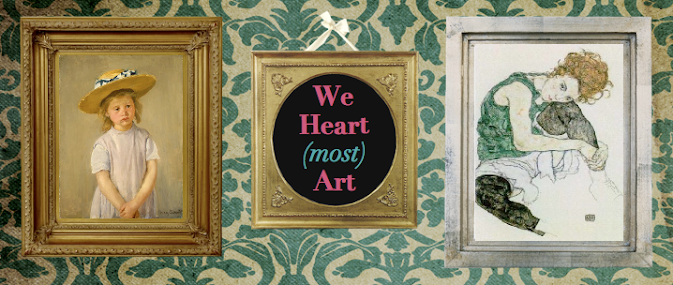This is what hard drive failure looks like:
 A tombstone would be a much more appropriate icon.
A tombstone would be a much more appropriate icon.I'm not going to get into the gory details involving the weekend death of my macbook, but let me just say I highly recommend
this.
Somewhere on that dead little glossy white computer is a well researched post about the most famous pair of American lithographers ever. Unfortunately, this is not that post.

However, I didn't want to leave you totally hanging. So I came out of mourning for a minute to write this, Merry Christmas.
If you guessed Currier and Ives, you are correct (
and awesome.) They get really popular around this time of year as millions of Americans send Christmas cards featuring their quaint images of sleighs and snow. Images like this:
 "A Spill Out" on the Snow published in 1870
"A Spill Out" on the Snow published in 1870And this:
 American Homestead in Winter, Part of the American Homestead series produced in 1869
American Homestead in Winter, Part of the American Homestead series produced in 1869And of course this, which inspired this slightly annoying, but
very Christmasy song written in 1948 and performed by practically every singer since:
 "A Brush" on the Snow published in 1871
"A Brush" on the Snow published in 1871Nathaniel Currier and James Merritt Ives revolutionized lithography, bringing cheap, mass produced hand-colored images into Victorian homes throughout the world. They were arguably some of the most important artistic ambassadors this country has ever known. Their prints depicting American life defined our unique reputation of rugged individualism, industrial might and faith-filled helpfulness and communicated it to the world through pictures. While they are now mostly remembered for their snowy scenes, their prints touched on almost every aspect of American life, from popular past times like fishing, sailing and hunting to politics, history, current events, industry and manifest destiny.
 Discovery of the Mississippi published in 1876
Discovery of the Mississippi published in 1876
 Print commemorating the appearance of Swedish singer
Print commemorating the appearance of Swedish singer
Jenny Lind at the Castle Garden Theater
on on Sept. 11, 1859. Their shop, which was in business from 1857 to 1907, produced over 7,000 images, many of which are still reproduced today.
(Robert Newman, The Old Print Shop) Currier and Ives' prints appear on everything from greeting cards, ornaments, coffee mugs and even lampshades.
 Isn't this hideous?
Isn't this hideous? Currier and Ives have become typecast by their playful winter images, which is a bit of a shame. Their influence on American culture, not to mention the print media, is simply astounding. So when you open your mail today remember that what you may be holding is more than just a Christmas card, it's actually a really important piece of Americana.
*Currier and Ives images from this very good website http://currierandives.net/
+Art,+Straight.png)


























































